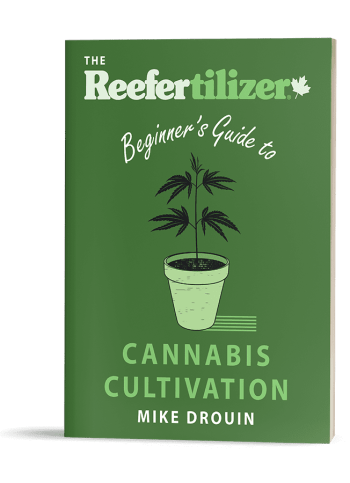Healthy plants start with healthy soil, particularly when it comes to cultivating cannabis. If you’re diving into the world of soil-grown cannabis, understanding how to feed your plants to achieve lush, green growth is crucial.
This article will help guide you in selecting the best cannabis nutrients for growing in soil, ensuring you’re equipped with the knowledge to nurture your plants from seed to harvest.
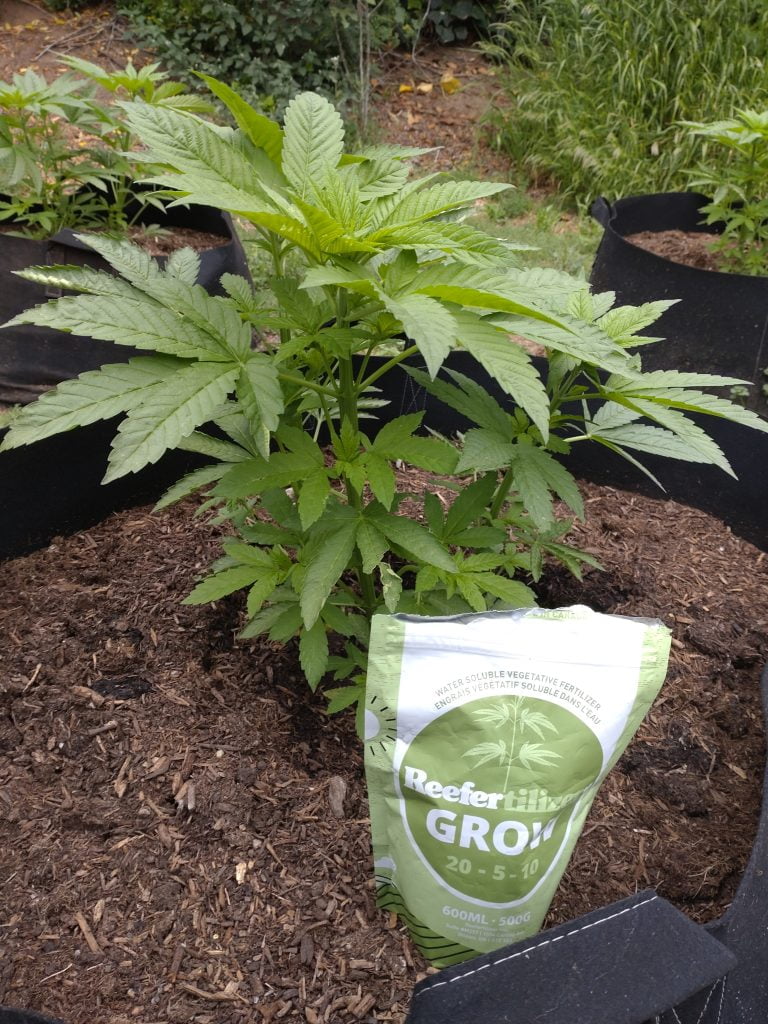
Learn to Grow Better Weed
Download our free guide to growing amazing cannabis at home.
Click Here For More Info
What Makes a Good Fertilizer For Cannabis Grown in Soil?
A good fertilizer for cannabis should contain a balanced mix of nutrients. Essential macronutrients, nitrogen (N), phosphorus (P), and potassium (K), are vital to plant growth, root development, and overall health. Alongside these, micronutrients such as calcium and magnesium play a crucial role. The soil pH should ideally be between 6.0 and 7.0 to ensure that these nutrients are available to your cannabis plants.
Let’s not worry about pH right now. One benefit of growing in soil is that it acts like a pH buffer. This means it does a fantastic job keeping the pH in the correct range.
What’s in Your Cannabis Soil?
Knowing the contents of your soil is a vital step in growing cannabis in soil successfully. Soil that’s well-suited for your cannabis plants has a wide mix of nutrients, the right pH, and a texture that light and airy – it should hold water but also drain well so roots don’t get soggy.
ProMix HP stands out when choosing potting soil fopr growing cannabis. It’s got a lot of space for air, which means roots can breathe and grow well. Plus, it already has mycorrhizae – a helpful fungus for roots.
If you like to mix your own soil, here’s an easy recipe: combine three parts peat moss with one part perlite and one part compost. This combination will give your plants room to breathe, control moisture, and offer a buffet of nutrients.
Now, let’s talk about feeding your plants. When you add lots of organic nutrients to your soil from things like compost, worm castings, or manure, you’re building up a bank of goodness in your soil. This nutrient bank releases food for your plants over time, meaning you won’t need to use as much fertilizer. Your plants feed as they need, naturally, which can save you effort and give your plants a steady diet for better growth.Soil nutrients can be quickly depleted and additional nutrients will eventuall have to be added.
It is possible build a soil that requires no additional fertilizers but this is a very advanced technique. It requires the grower to source a wide range of oragnic composts and amendments that will have to be blended perfectly to avoid burning your plants. If your soil is too “hot” it will be very difficult to remove excess organic nutrients compared to synthetic water soluble fertilizers.
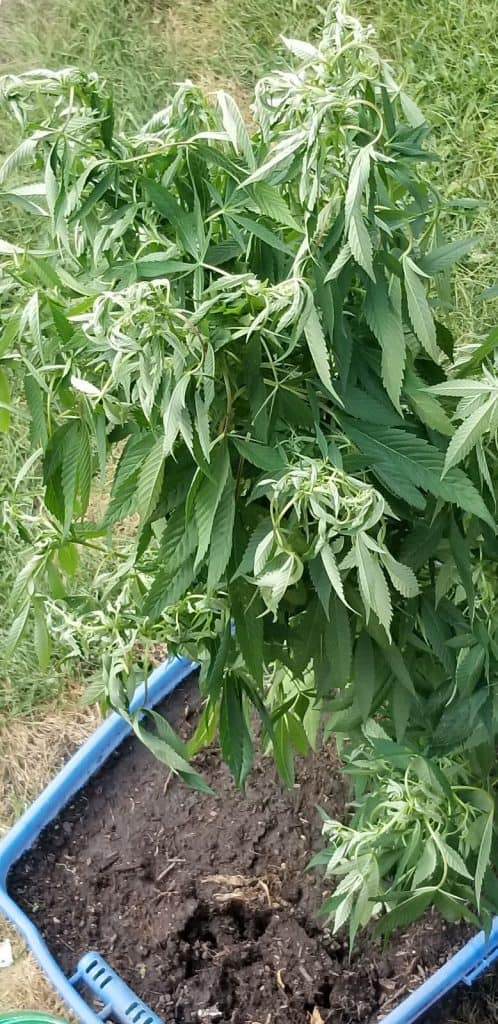
This sad plant is suffering from soil problems. As you can see the soil in the bin looks very dense and muddy. Roots have to work extra hard to move through dense soil, they are also lacking air pockets which enable roots to breathe. Using an improvised planter isn’t a big deal, just be sure there is plenty of drainage. If the soil is holding too much water the plant roots will drown.
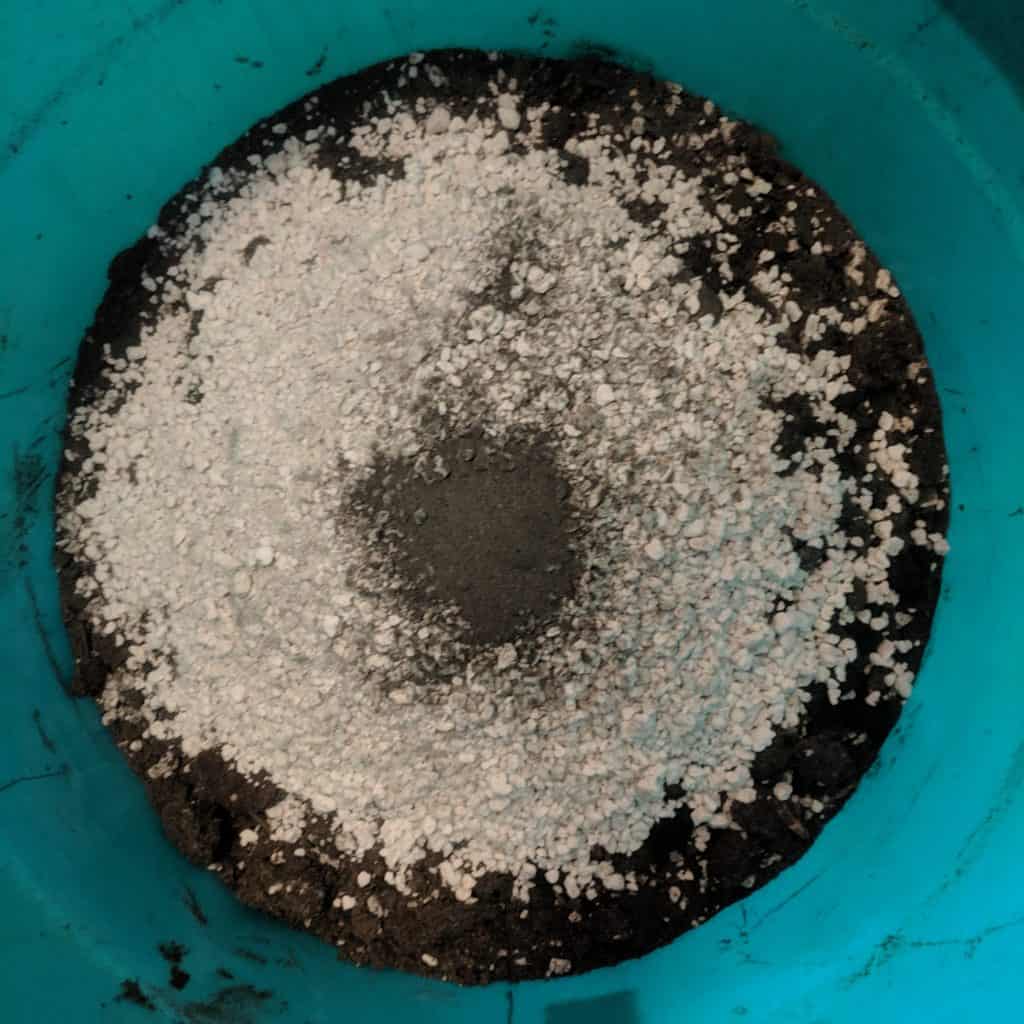
This soil is being prepared for starting seedlings, it just needs to be mixed up. By adding perlite (the white stuff), mycorrhizae, and natural fertilizers to a generic potting soil you can greatly improve its quality. Starting with a good soil early on will give your seedling the best head start possible.
Organic vs Synthetic Nutrients: What’s Best for Your Soil?
In soil cultivation, there are typically two camps of nutrients: organic and synthetic. Organic fertilizers are derived from natural sources, such as compost, manure, or bone meal. They release nutrients slowly, improving soil structure and fostering a rich, living soil full of beneficial organisms.
Synthetic nutrients, meanwhile, are manufactured chemical compounds that plants can immediately absorb. These nutrients can give your plants a rapid boost, particularly when addressing specific deficiencies.
The ultimate choice often involves using both. An integrated approach embraces the long-term benefits of organic fertilization while providing the immediate corrective action of synthetic products. This dual strategy can bridge the gap between nourishing the soil and supporting vigorous plant growth throughout its lifecycle.
For example, using Reefertilizer Start can create an optimal starting point for young plants by enriching the soil with organic matter and beneficial fungi like mycorrhizae. As your plants grow and their nutrient demands increase, you can integrate Reefertilizer Grow and Bloom to deliver targeted nutrition during the vegetative and flowering stages, respectively.
Beginners especially can benefit from this simplified yet effective approach. The Reefertilizer system combines the best of both worlds, ensuring that nutrient needs are met throughout your cannabis plant’s life cycle.
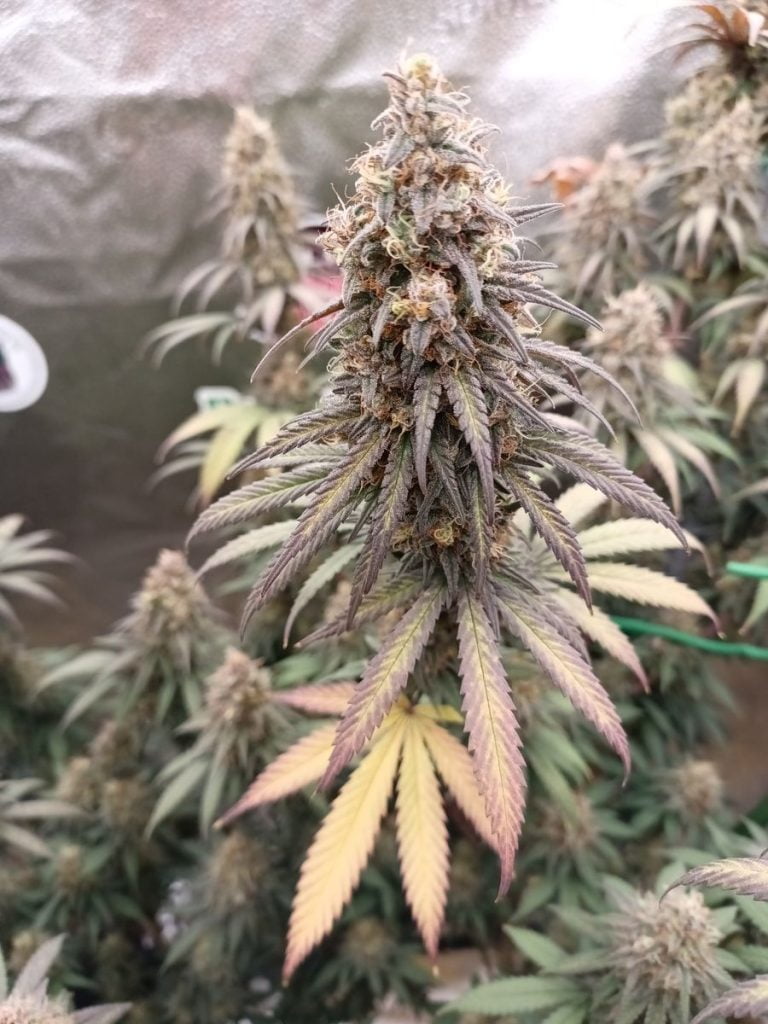
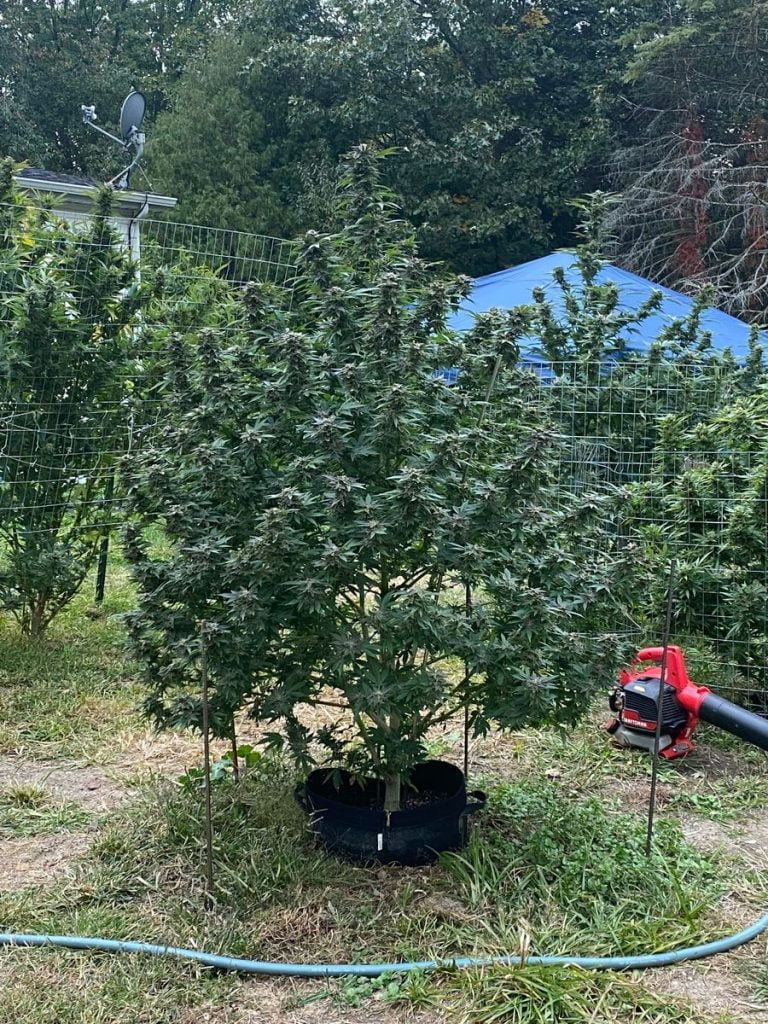
How Use Nutrients For Cannabis Grown in Soil
Feeding your cannabis plants isn’t tricky, but it helps to know when and how to do it. Start by creating a schedule based on the growth stage of your plants. Here’s how you can break it down:
Seedling Stage (The First 2-3 Weeks): Young plants don’t need much. Just a well-prepared soil mix will do at the start. Get your plants going with just water and light.
Vegetative Stage (4 Weeks): As plants grow bigger with more leaves, you can start feeding them. Mix a balanced nutrient mix with water. Follow the instructions on the nutrient package for the right amount. Do this once a week or according to the feeding schedule recommended.
Flowering Stage (8 or More Weeks: Now the plant needs a different mix that’s lower in nitrogen but higher in phosphorus and potassium. This helps with bud growth. Keep providing this mix until the last 2 weeks.
Final 2 Weeks: Stop feeding nutrients and just use plain water. This helps flush out any leftover nutrients and can improve the taste of your harvest.
Remember to water your soil-grown plants when the top inch of the soil feels dry. Overwatering can harm your plants, just as much as underwatering.
A pro tip: check the pH level of your water. For soil, you’ll want it to be between 6.0 and 7.0. Staying in this range helps make sure plants can soak up nutrients properly. If the pH isn’t right, nutrients can lock up and your plant won’t be able to eat even if there’s food right in front of it.
Lastly, keep notes. Track when you feed your plants and how they react. Your notes will guide you to tweak the process to get better results over time.
Phases of Cannabis Growth and Nutrient Requirements
Cannabis plants have different needs as they grow, and knowing what to feed them during each stage is key. In the beginning, during the seedling phase, they require a gentle touch with fewer nutrients. As they enter the vegetative stage, nitrogen becomes essential for developing strong stems and lush foliage. Once the plants hit the flowering stage, they’ll crave more phosphorus and potassium to support budding and maximize yield. Keeping track of these growth phases helps ensure your plants get the right nutrients at the right time.
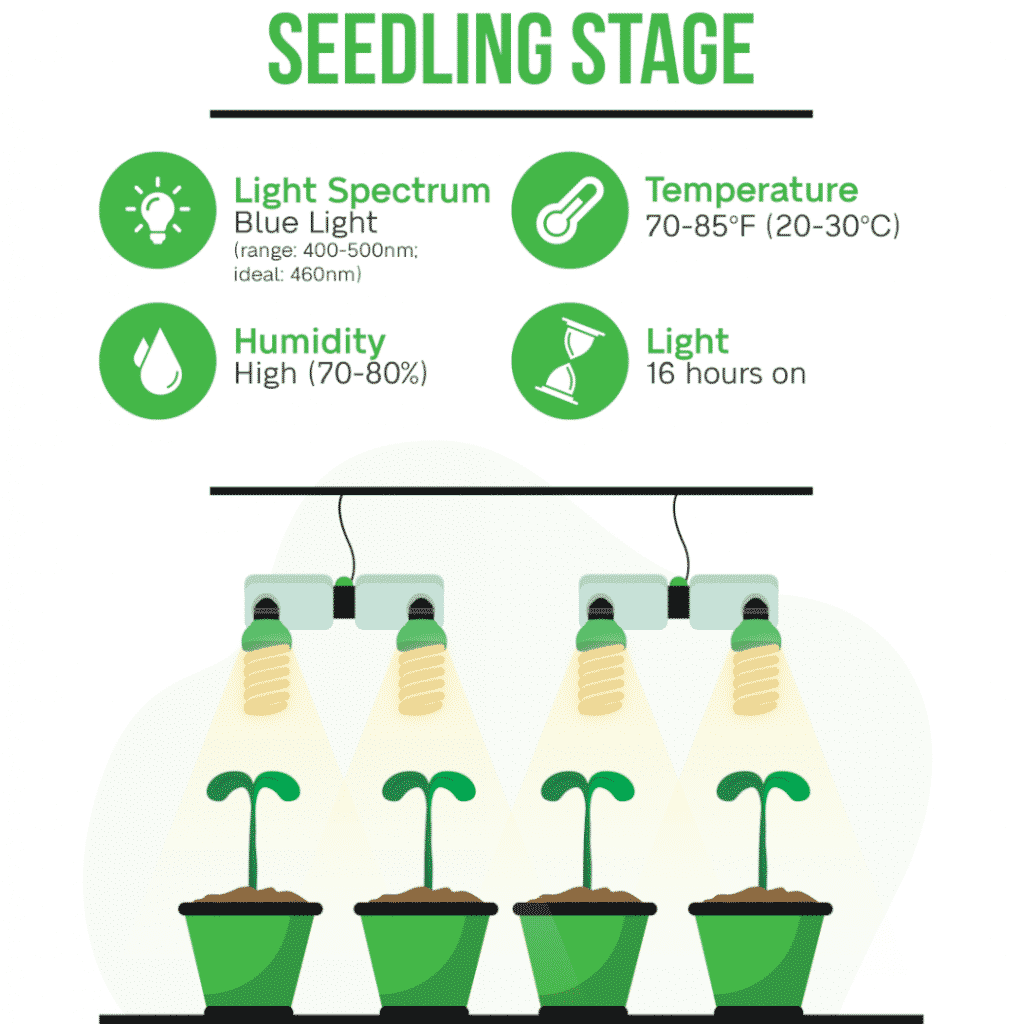
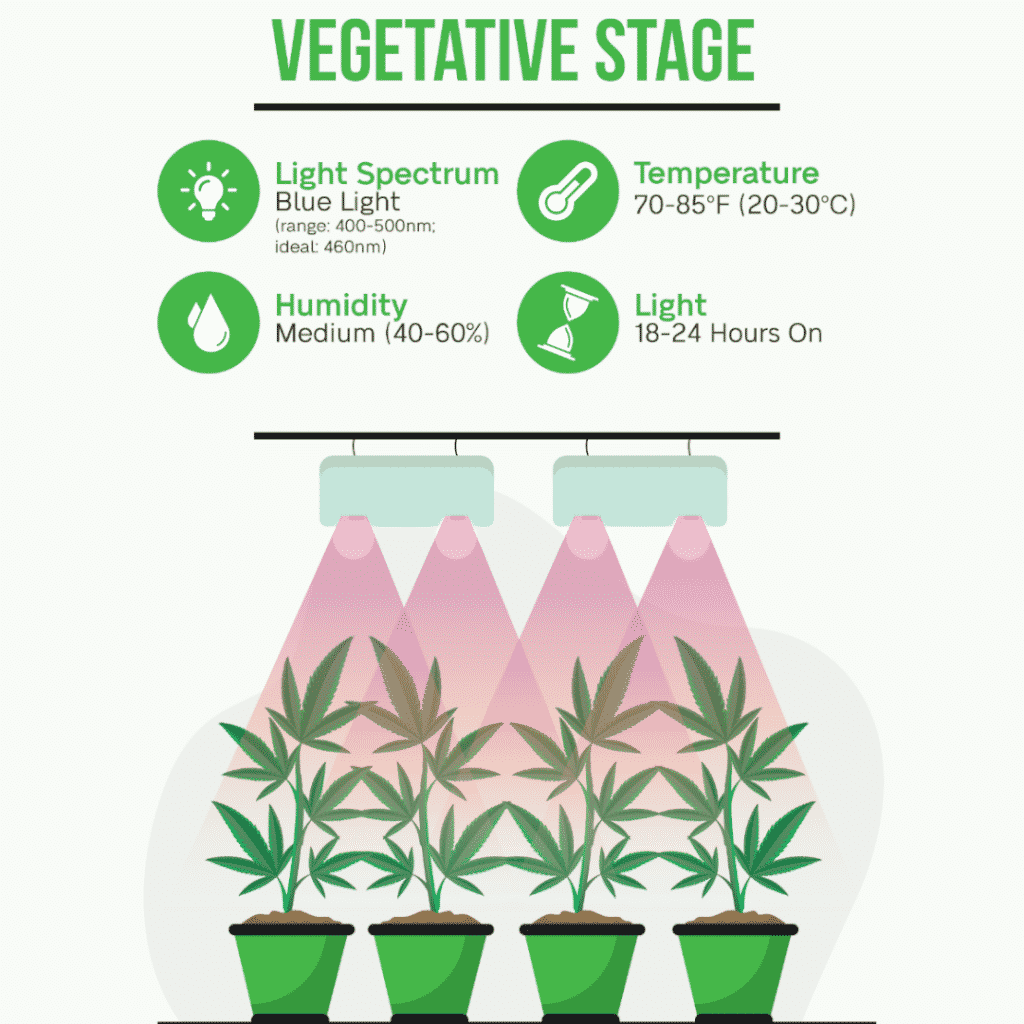
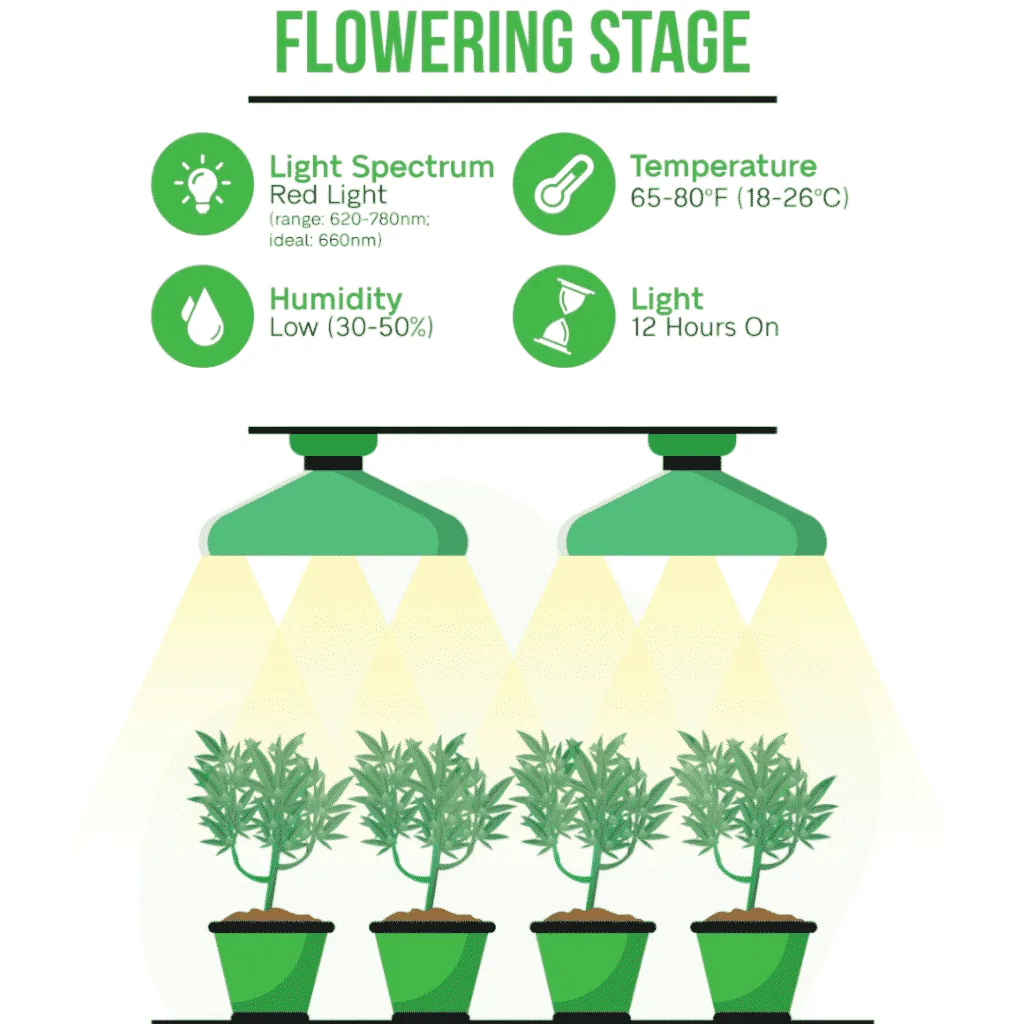
The Benefits of the Reefertilizer System for Soil Gardens
The Reefertilizer system is designed for simplicity and effectiveness. For soil gardens, it offers a straightforward approach to providing your cannabis with a tailored diet that supports all stages of growth. By following the Reefertilizer feeding guide, you can take the guesswork out of nutrient dosages and scheduling. Plus, Reefertilizer products are formulated to support the soil’s health, encouraging beneficial microbial activity which in turn promotes root development and nutrient uptake.
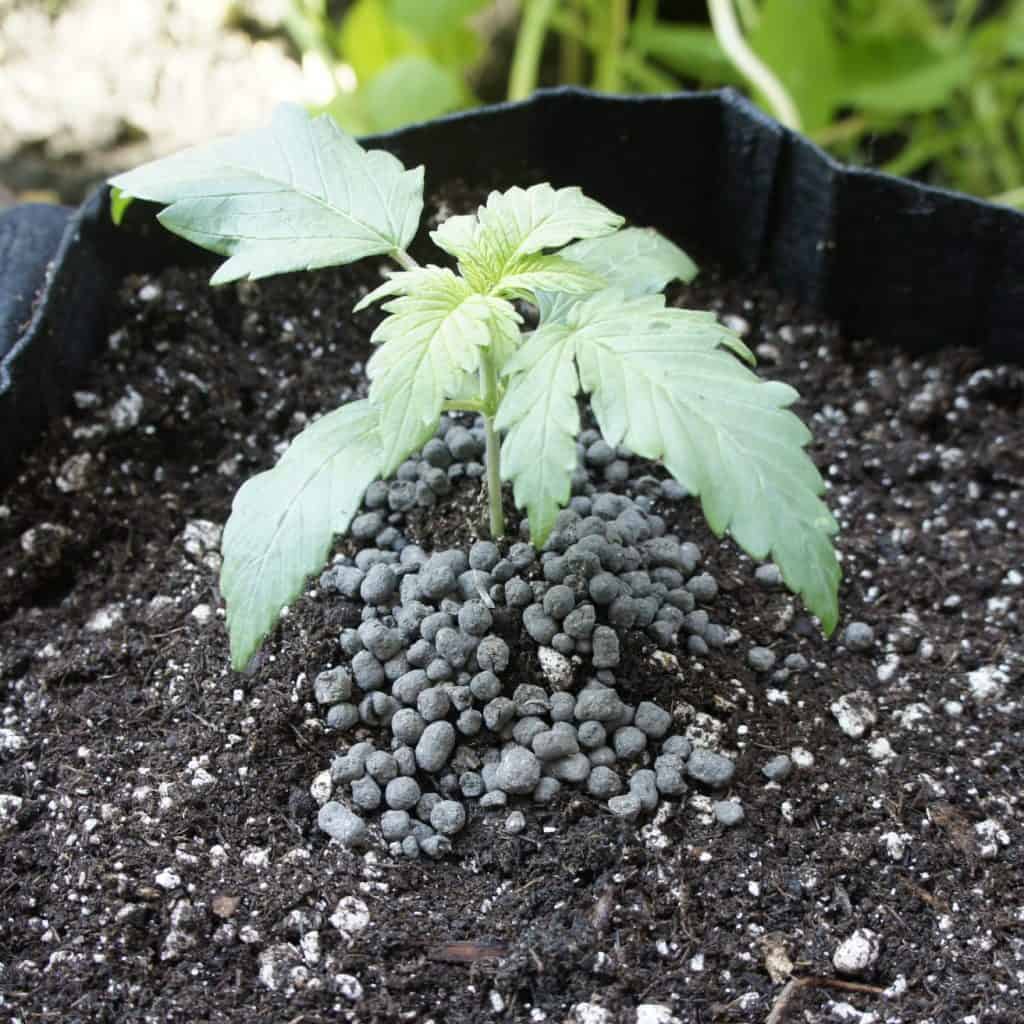
How to Feed Your Soil Grown Cannabis with Reefertilizer Start, Grow, and Bloom
Feeding your cannabis plants with Reefertilizer is easy. Start with Reefertilizer Start during the seedling phase to set a strong foundation. As your plants grow, switch to Reefertilizer Grow to give them the perfect mix of nutrients for the vegetative stage. And when it’s time for flowering, Reefertilizer Bloom provides the essential nutrients needed for your buds to flourish. Simply follow the instructions on when and how much to use, and you’ll be on your way to a successful harvest. Remember to always check the pH of your water to ensure nutrient availability and keep your plants at their best.
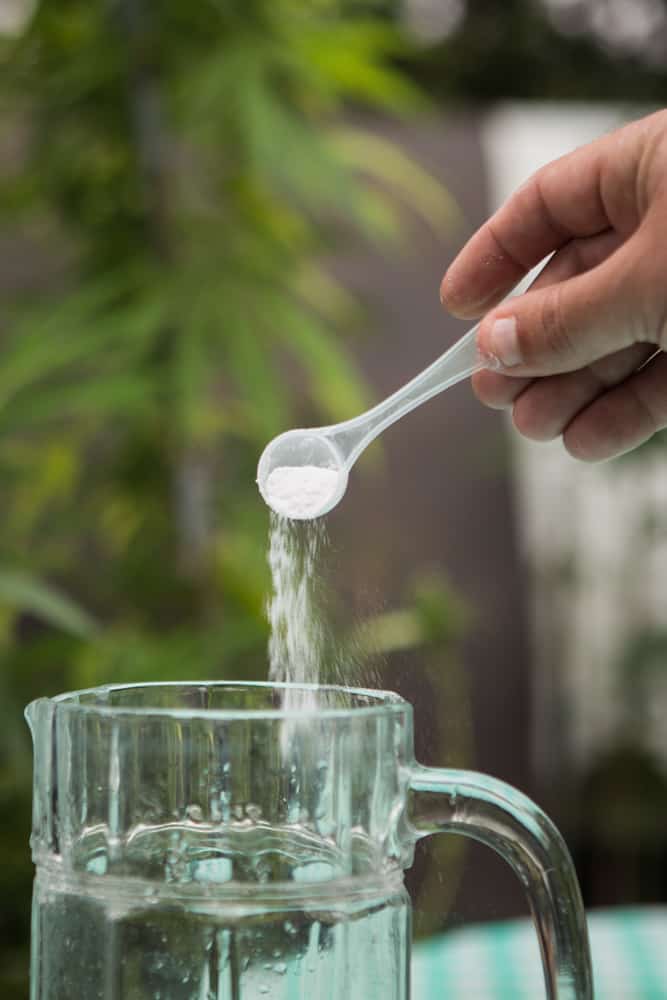
If you want to learn even more about growing good cannabis, we offer a free 40+ page guide full of images.
Now available on Amazon.
Sign up for our newsletter and download the digital copy today!
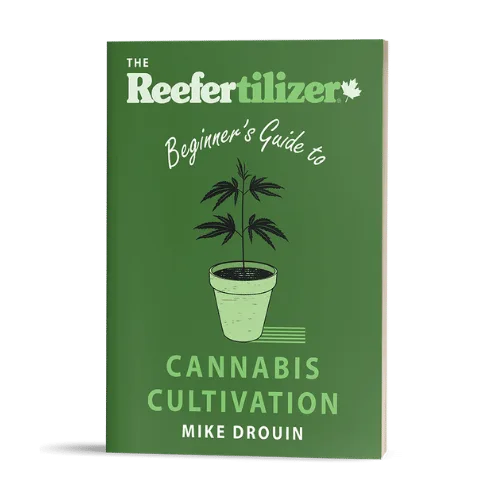
This guide will answer many questions about growing cannabis, like the following...
Selecting Seeds
Identify and Correct Problems
Maximize Yield
Much More...
Get a Chance to INSTANTLY WIN a Reefertilizer Nutrient Kit When You Sign Up.
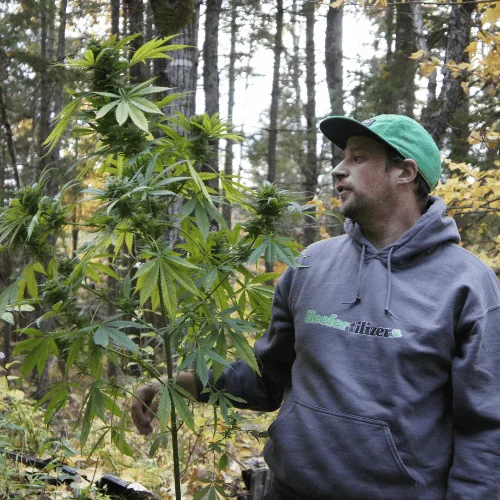
Mike Drouin is the co-founder of Reefertilizer. He’s an experienced craft cannabis grower and a writer of many articles regarding the process. Mike lives on Vancouver Island and enjoys cycling and camping and will sometimes combine the two.

